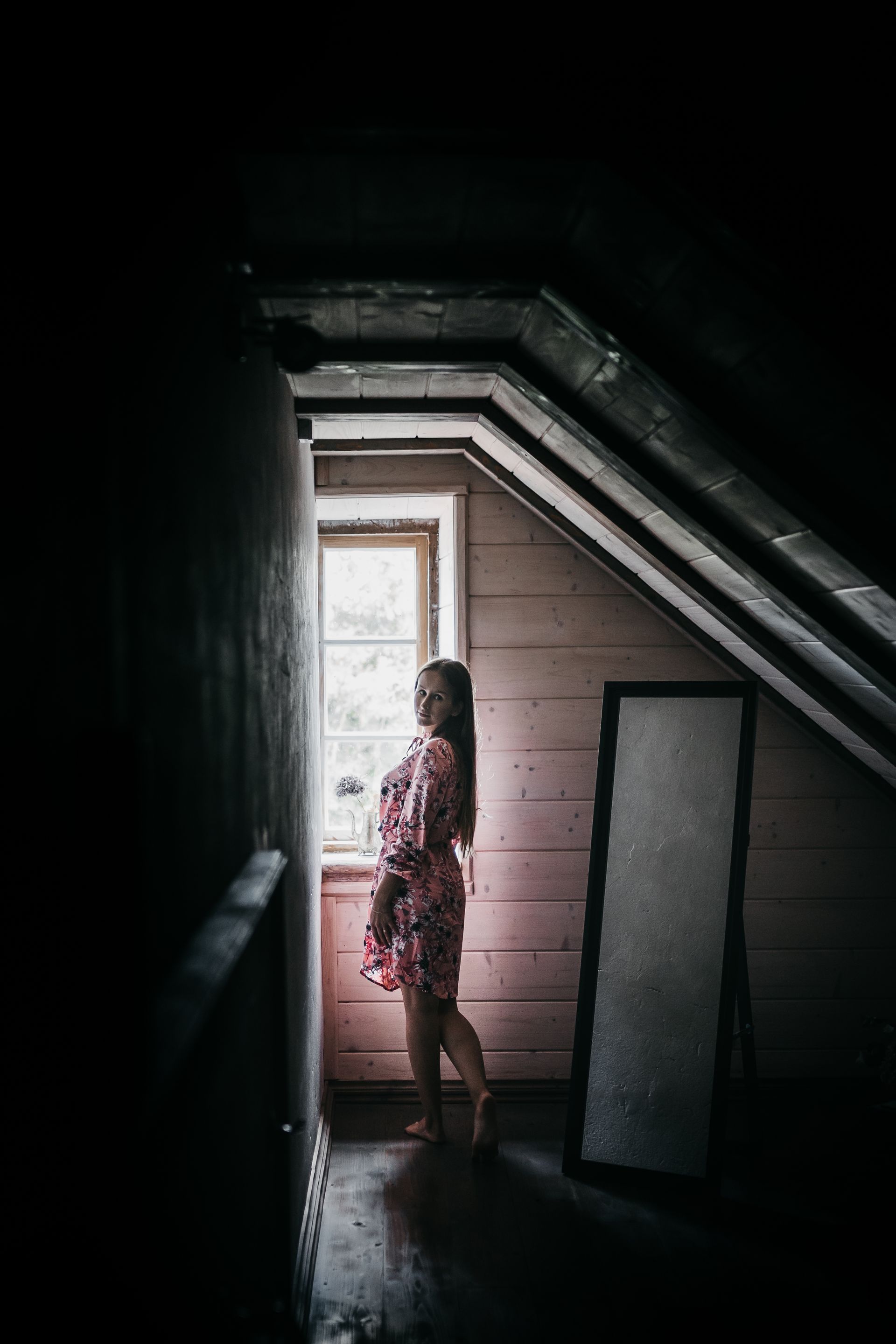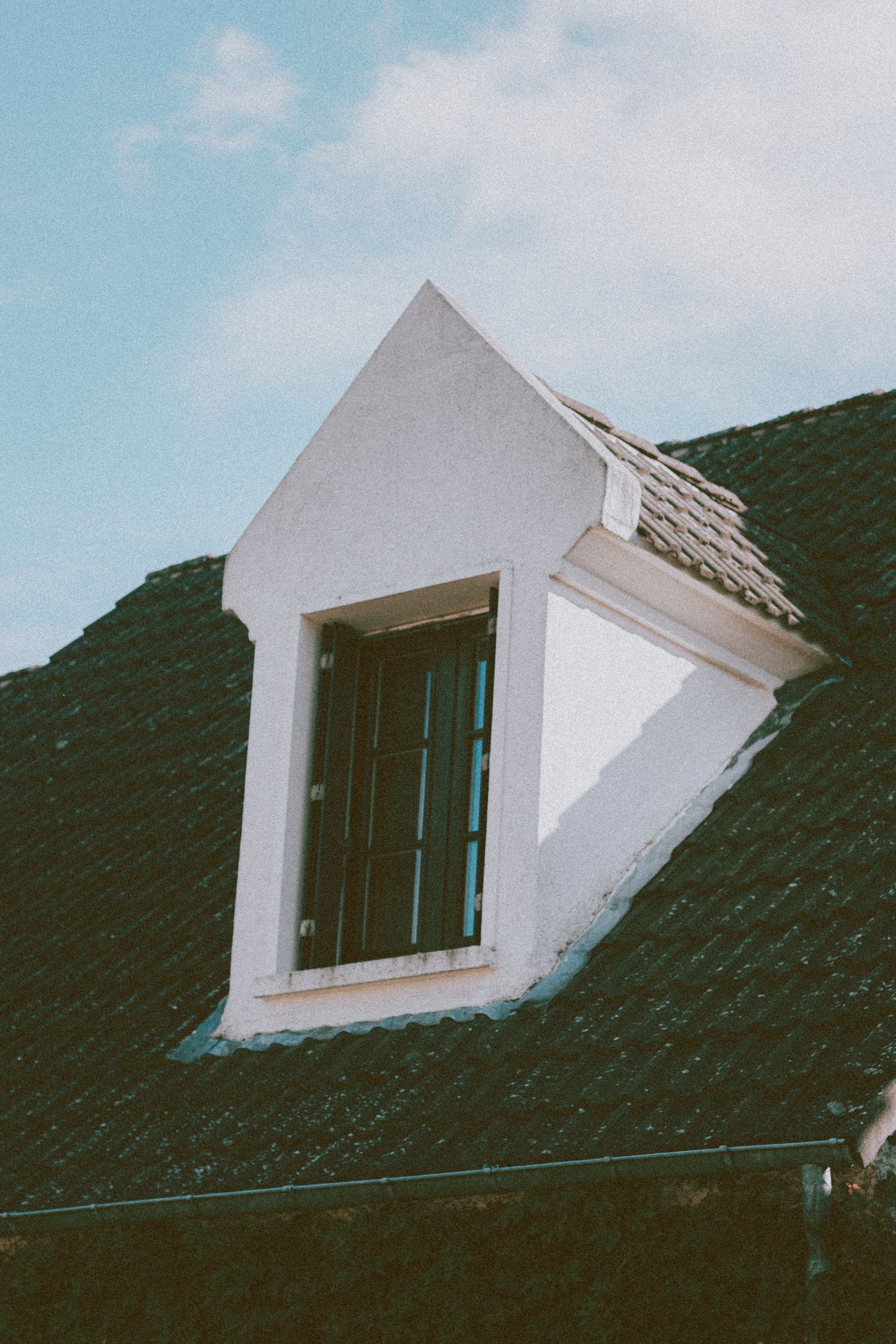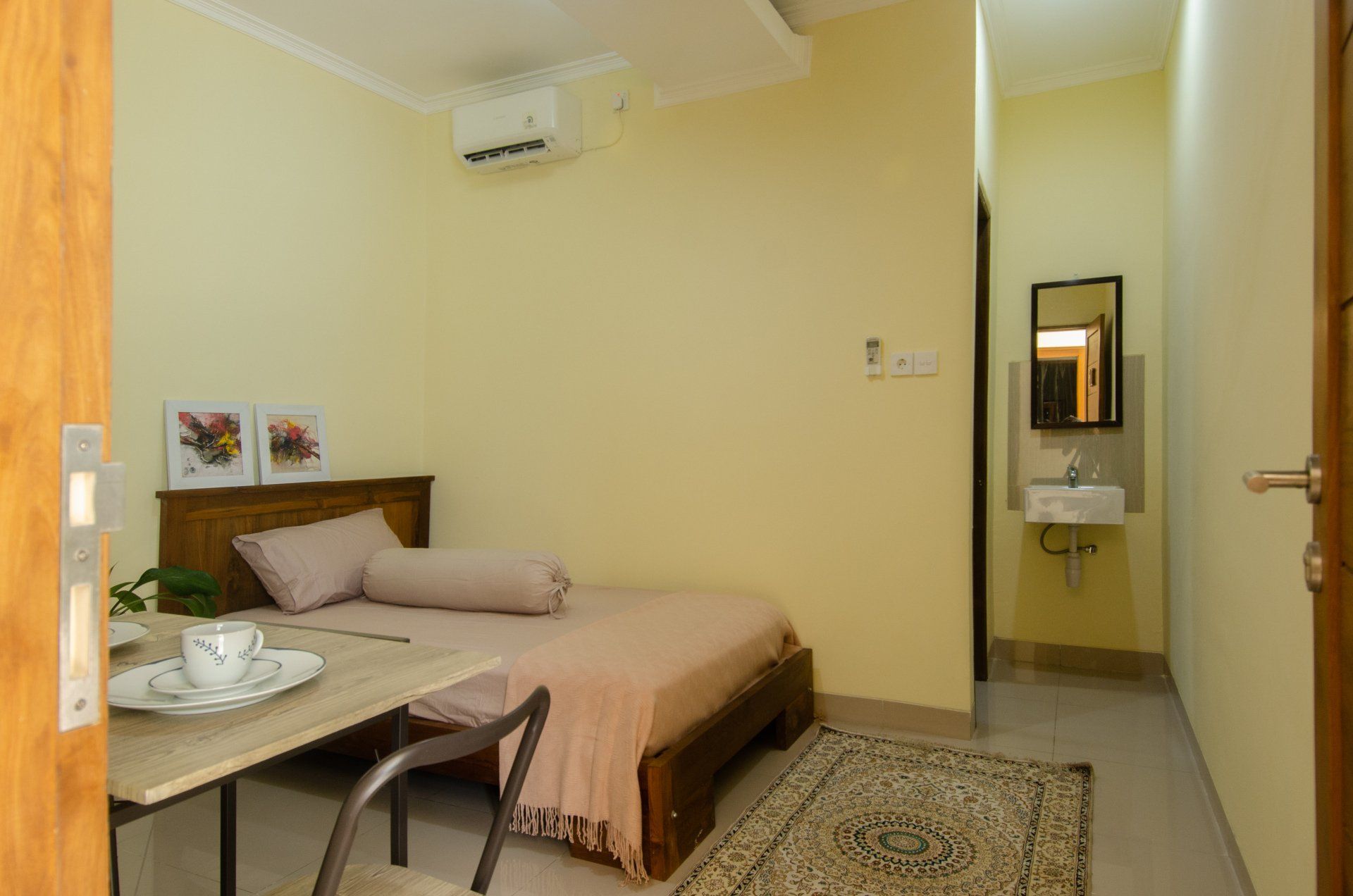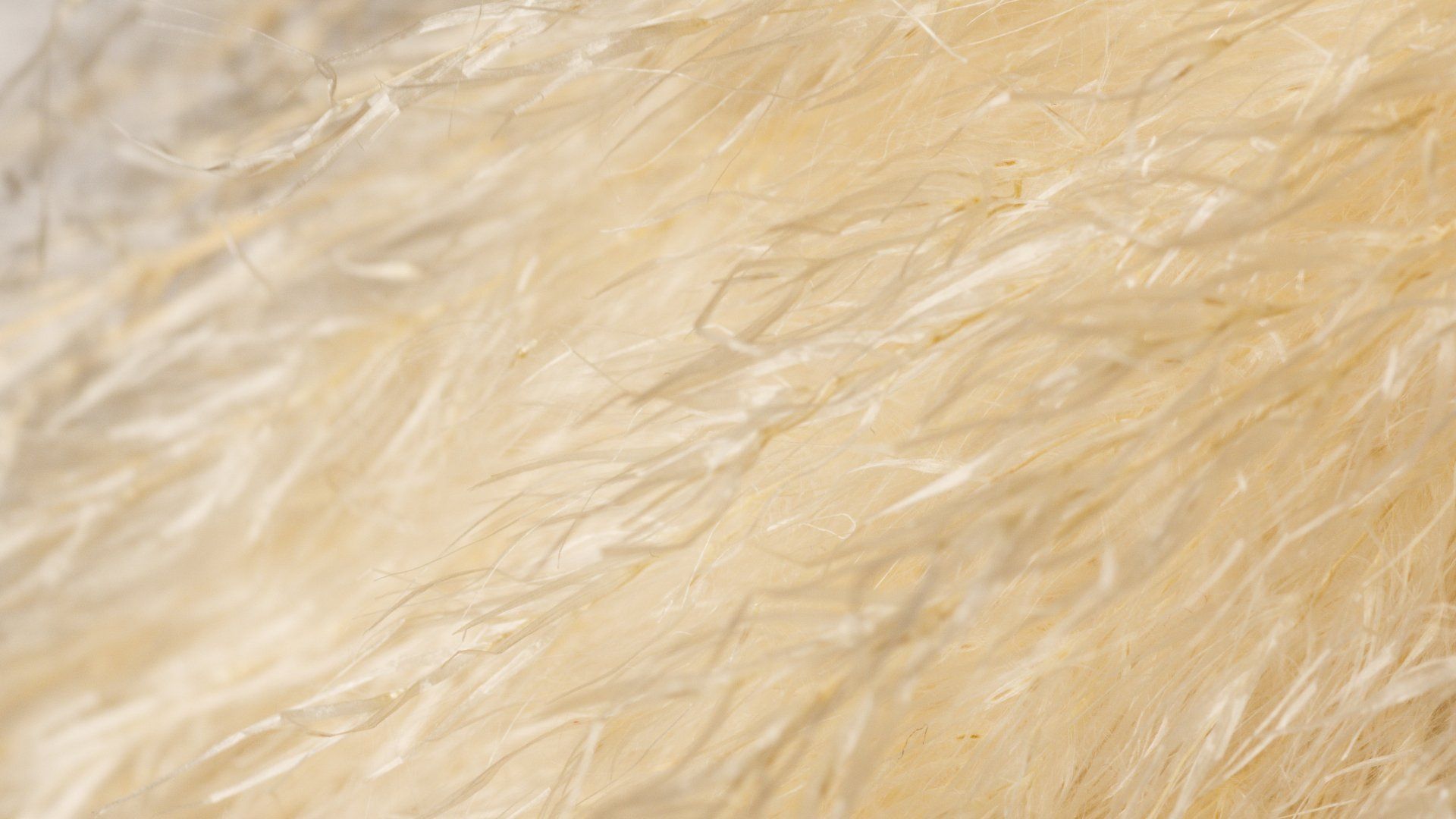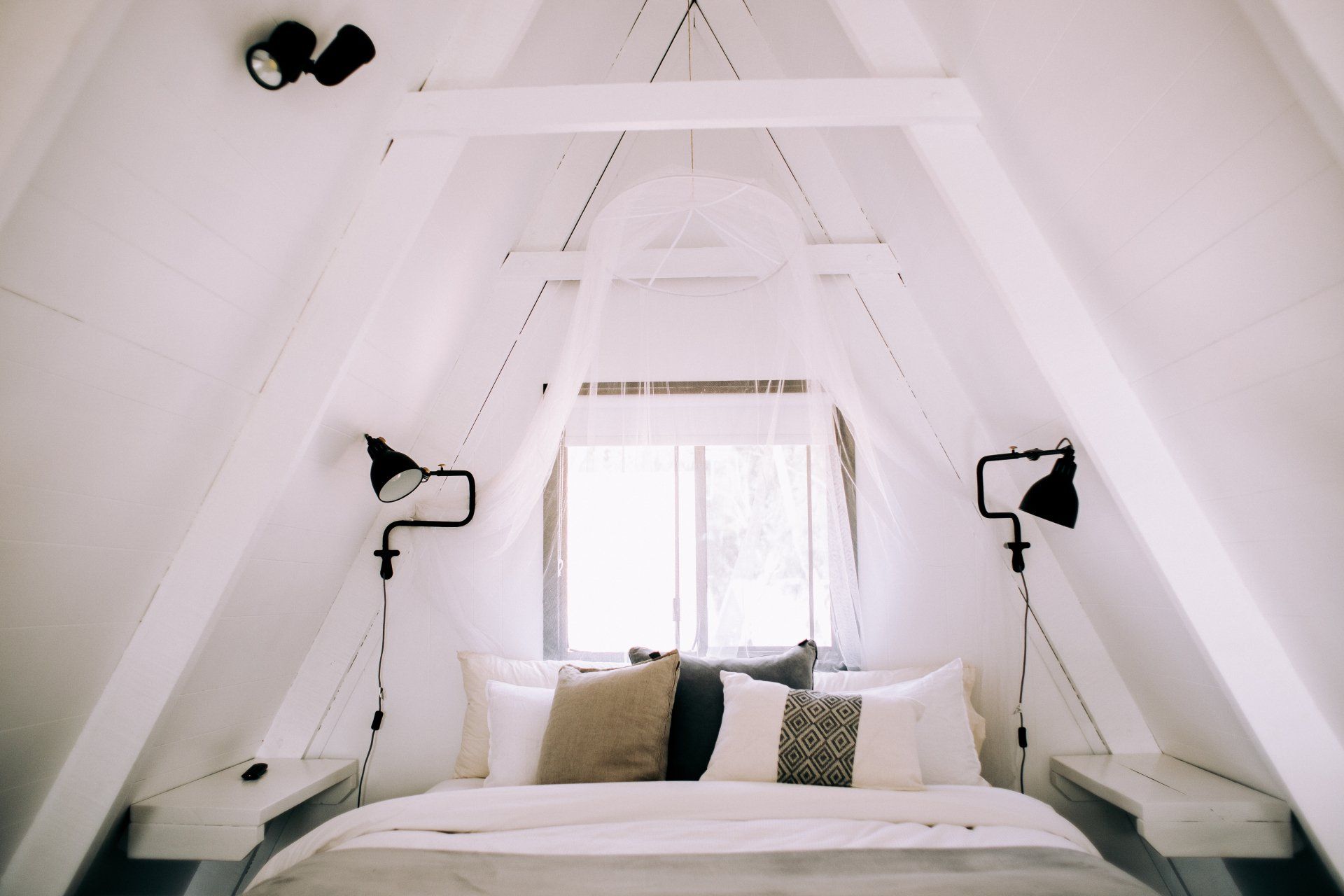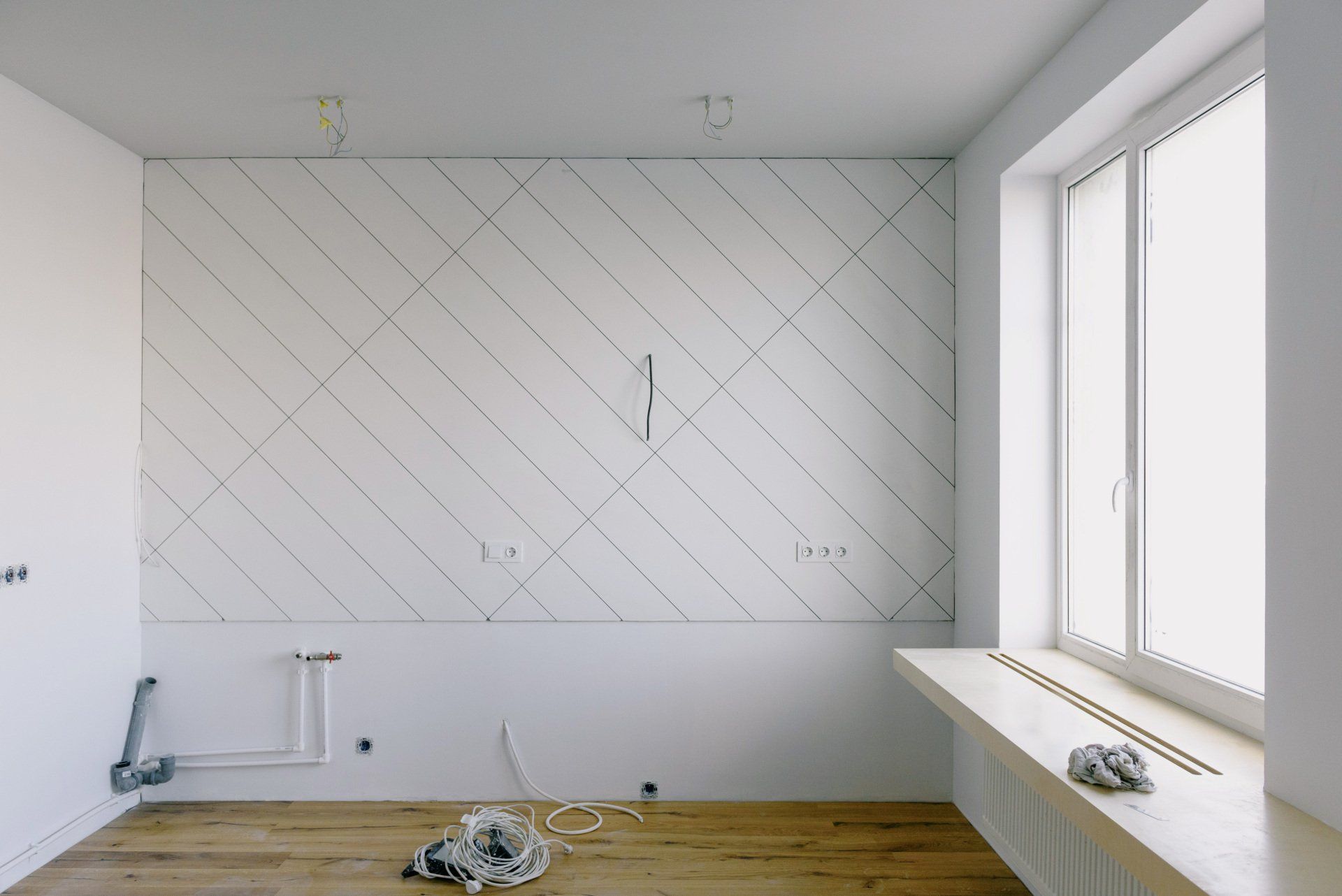How to choose the right home and wall insulation?
How to choose the right home and wall insulation?
A cozy space is made possible by insulation. We once had an old garden room that was so cold that, in the winter, a paint would freeze. It was also so hot in the summer that you couldn't stay there for too long. Below, we will focus on how to select the best home and wall insulation.
First, let's talk about insulation.
What are the different types of insulation?
There are two main types of insulation that you can choose from if you are an average homeowner. These are fiberglass insulation and foam insulation.
These are the key differences. Spray foam insulation requires professional installation. It forms an extremely tight seal between the exterior wall's studs. It is literally sprayed into a wall cavity, one inch at a given time, and then layered. The spray foam hardens once it has dried. For a good R-value, exterior walls will require about 3 inches of spray foam.
Fiberglass insulation can be installed faster (it could take less than an hour) and is much easier to use. While you should wear a mask, ensure that your studs are tight. It is also less expensive than spray foam.
What should the exterior walls' R-value be?
R-value indicates how well an area is insulated from heat loss and transfers. This is a context: An old exterior room's insulation was R11, meaning it had the minimum R-value available. However, it wasn't correctly installed. There were large gaps between the insulation, and it wasn't thick enough.
We won't be getting even the minimum insulation in this space. Are exterior walls best insulated with R11 insulation? Perhaps if it's an outdoor shed. Not if the area is going to be used for extended periods of time.
Current codes require that residential homes have R18 insulation and, ideally, R24. That could be achieved with fiberglass insulation placed between the studs. It is critical to take into account the ceiling space, as well as the floor when installing insulation.
These are a few things you should consider when you want to insulate exterior walls.
R11 insulation should be avoided on exterior walls surrounding windows. This insulation will be almost ineffective when it's used in such small areas. You should increase its thickness and/or switch to a higher R-value product if you plan to use it.
You should also seal cracks around outlets in exterior walls, as this is where heat transfer and air exchange can be a major problem.
